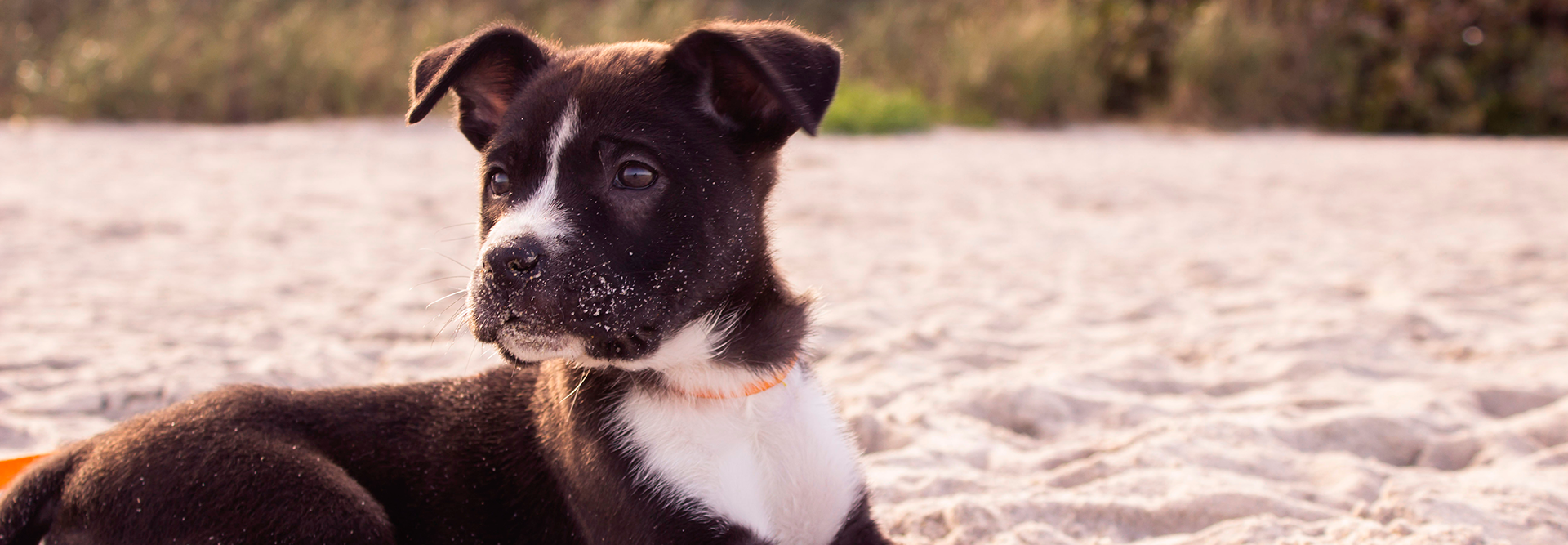
Teaching a puppy to accept handling is a huge step in puppy training. Like humans, puppies undergo a crucial 16-week development that determines how they will mature as adult dogs. If a dog is introduced to an object or a situation during this stage, they’ll be more accepting of it as an adult. That’s why […]
Teaching a puppy to accept handling is a huge step in puppy training. Like humans, puppies undergo a crucial 16-week development that determines how they will mature as adult dogs. If a dog is introduced to an object or a situation during this stage, they’ll be more accepting of it as an adult. That’s why many dog trainers will encourage puppy parents to socialize and train their fur-babies from an early age.
The same idea applies when it comes to handling puppies.
For example, an adult dog that has never been handled as a puppy may show aggression if a vet or groomer tries to touch them. A dog that is used to being handled will not growl or bite, even with a stranger. To help your puppy become comfortable with handling, you need to start training as soon as possible.
Here are a few ways you can train your puppy to feel at ease with handling.
The best way to get your puppy used to be handled is to train them yourself. You should never have a group of people touching and handling your furry friend. This can be extremely overwhelming for them, especially if there are strangers. Your furry friend knows and loves you. As such, they will likely accept being poked and touched by you. When your puppy is accustomed to being handled by you, you can include other people, friends, and family, in your handling sessions. Don’t forget to praise your fur-baby and give them treats for being such a good puppy! Keeping your puppy happy and comfortable during the handling session ensures that they’ll associate handling with positivity and acceptance.
Always start your handling exercises as gently as possible. Use your puppy’s favorite objects like toys or treats to help your puppy create positive associations with handling. Remember: positive reinforcement is key to all types of training. By using the things your puppy loves during training, they will learn to accept hugs, petting, kisses, and other touches with positivity. They will be less likely to display aggressive behavior. We recommend starting with small touches such as stroking their head and ears softly. You can also move on to handling their paws gently. Don’t forget that their paws are sensitive so be careful not to squeeze them.
Make sure to handle your puppy’s body.
After the initial touches to their ears, head, and paws, you can start handling your puppy’s whole body. Pay close attention to their reaction. If your puppy looks anxious or sad, stop for a few minutes and try again. Use treats and praises so that your furry friend continues to associate your touches with positive things. Be gentle as you handle your puppy’s body. For example, when you unfold your puppy’s ears, use gradual movements to avoid startling your puppy. You can also open your fur-baby’s muzzle and mouth to assess their teeth. Spend a few minutes on each body part. Once you move to your puppy’s tummy, gently rub it and watch for their reaction. Most of the time, your puppy will enjoy a good belly rub! You can then touch their tail, but avoid touching their genitalia. After you’ve tugged on their tail, give your puppy a big hug, making sure to be gentle and calm while staying still.
Make sure your puppy is entirely comfortable throughout their handling session. Your puppy should feel safe and secure as you pet and touch their body. If your puppy looks anxious and upset, take a break and return to the exercise later. This prevents your little buddy from getting too worked up. Wait until they approach you, later on, to start the exercises again. Of course, you should also avoid forcing your puppy into unfamiliar territory, especially with strangers. As with socialization, your puppy should approach new situations on its own terms. If your puppy is frightened by a stranger or hurt during handling, this may cause them to associate handling with negative things. Don’t react with fear or shock when your puppy gets hurt. Instead, stay calm, pet your puppy, and praise them. Use a happy tone of voice whenever possible. With enough gentle prodding, poking, and petting, your puppy will be able to accept all different forms of handling.